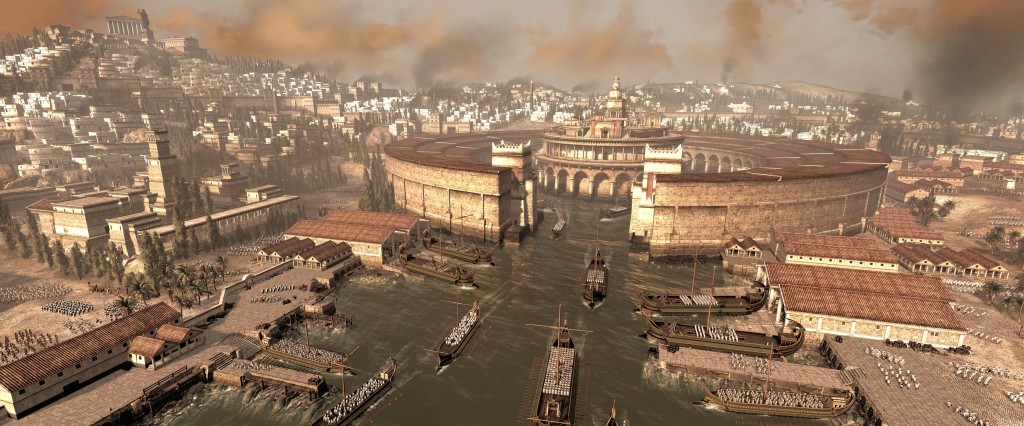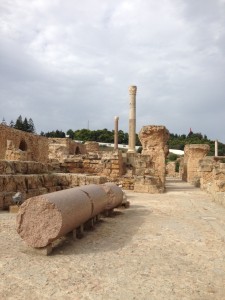To Carthage then I came. The great city that became a metaphor
Carthage has a powerful hold on the imagination. Founded in the 9th century B.C., it is the great city whose greatness did not enable it to escape destruction. The centre of a great trading empire, it was reduced to rubble, its dreams became dust. It is the place that produced Hannibal, one of the greatest military commanders in history, but it could not strategise enough for the future. It was the centre of successive empires but could not rule its own destiny.
It is a metaphor for the corrupt city, for rise and fall, and for the inevitability of decay.
In ‘The Wasteland’, T.S.Eliot writes:
“To Carthage then I came
Burning burning burning burning
O Lord thou pluckst me out
O Lord thou pluckst
burning”
It’s thought that this is a reference to Saint Augustine’s Confessions: “To Carthage then I came, where a cauldron of unholy loves sang all about mine ears.”
Carthage today, a UN World Heritage site, is not so much “a cauldron of unholy loves” as a wealthy suburb with a slightly chaotic way of conveying its 3,000-year history.

“Our battered suitcases were piled on the sidewalk again; we had longer ways to go. But no matter, the road is life”
– Jack Kerouac
(Tomorrow: Carthage Musuem has great potential. When will it achieve it?)



